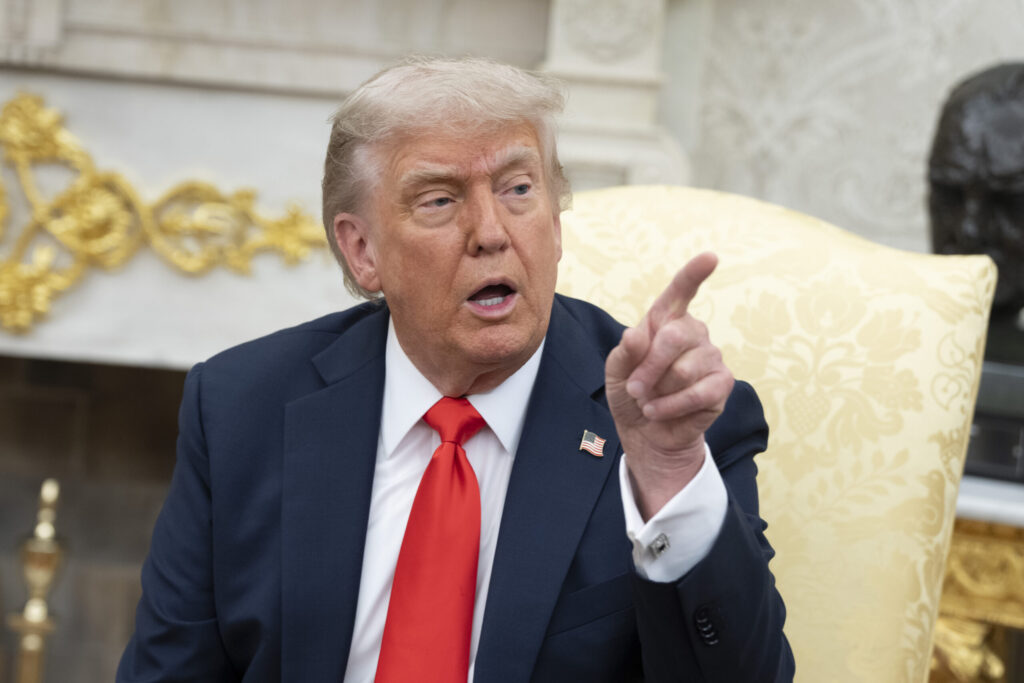The United States has entered into direct military action alongside Israel, launching airstrikes against Iranian nuclear facilities in a significant escalation of ongoing efforts to prevent Iran from developing nuclear weapons.
On Saturday (June 12), Donald Trump announced via Truth Social that U.S. forces had carried out successful attacks on three key nuclear sites in Iran: Fordow, Natanz and Isfahan (which he misspelled). He stated that all American aircraft had exited Iranian airspace safely after dropping a full complement of bombs on the heavily fortified Fordow facility.
“We have completed our very successful attack on three Nuclear sites in Iran, including Fordow, Natanz and Esfahan,” he wrote. “All planes are now outside of Iran air space. A full payload of BOMBS was dropped on the primary site, Fordow. All planes are safely on their way home. Congratulations to our great American Warriors. There is not another military in the world that could have done this. NOW IS THE TIME FOR PEACE! Thank you for your attention to this matter.”
The strike marks the first direct U.S. military involvement in the intensifying conflict between Israel and Iran. The Fordow site, located deep beneath a mountain and roughly 100 miles south of Tehran, has long been considered nearly impervious to conventional attacks, requiring specialized U.S. weaponry such as the 30,000-pound GBU-57 Massive Ordnance Penetrator, deliverable only by the B-2 stealth bomber.
The decision to strike comes after more than a week of Israeli operations targeting Iran’s air defenses, missile capabilities, and nuclear infrastructure. Israeli officials have argued that only U.S. military assets could effectively destroy Iran’s most fortified nuclear sites. These actions follow repeated warnings from Iran, which has vowed to retaliate if the U.S. became directly involved in the conflict.
Trump, who previously campaigned on keeping the U.S. out of new Middle East wars, has justified the strikes as essential to ensuring Iran does not acquire nuclear weapons. While Trump initially pursued renewed nuclear negotiations with Iran, his stance hardened following recent Israeli strikes and concerns over potential Iranian attacks on U.S. assets in the region.
In recent days, Trump has called for Iran’s “unconditional surrender” and claimed U.S. dominance over Iranian airspace, while also issuing warnings to Iran’s Supreme Leader Ayatollah Ali Khamenei. Khamenei, for his part, warned that U.S. military involvement would be to America’s “irreparable” detriment.
The U.S. has ruled out deploying ground troops to Iran, but the airstrikes introduce a new level of uncertainty into a conflict that began with Israeli attacks on Iranian facilities earlier this month. Israel maintains that its operations are necessary to prevent an existential threat, insisting that only military and nuclear sites are being targeted. However, Iranian authorities report significant civilian casualties as a result of the ongoing strikes.
Iran has responded with waves of missile and drone attacks on Israel, some of which have been intercepted by Israeli defenses, though casualties have been reported on both sides. While Iran insists its nuclear program is for peaceful purposes, Israel and the U.S. remain unconvinced, citing the potential regional and global risks posed by a nuclear-armed Iran.
U.S. intelligence assessments have previously indicated that Iran halted its nuclear weapons program in 2003, but the latest developments have reignited fears of a broader regional conflict.
Related




